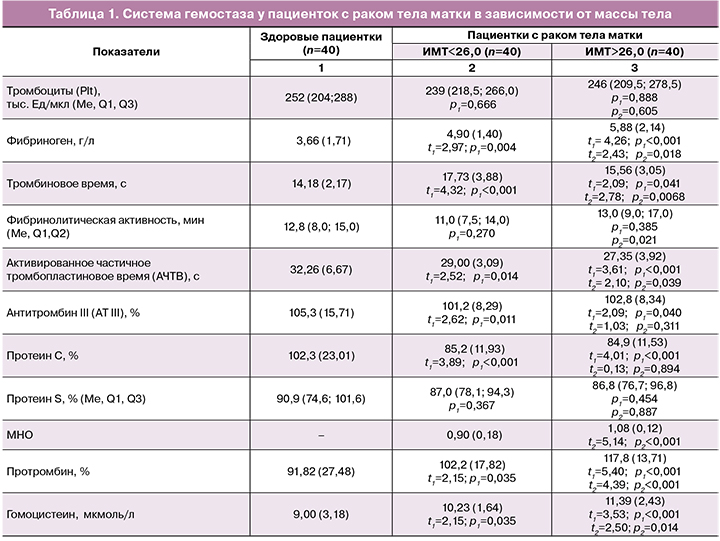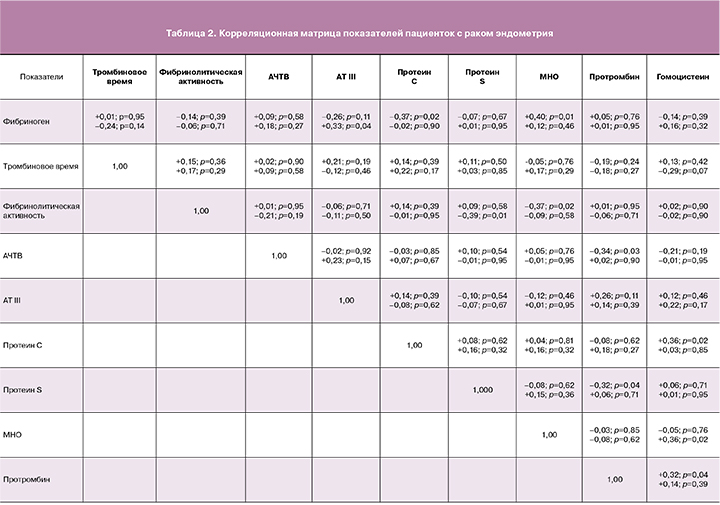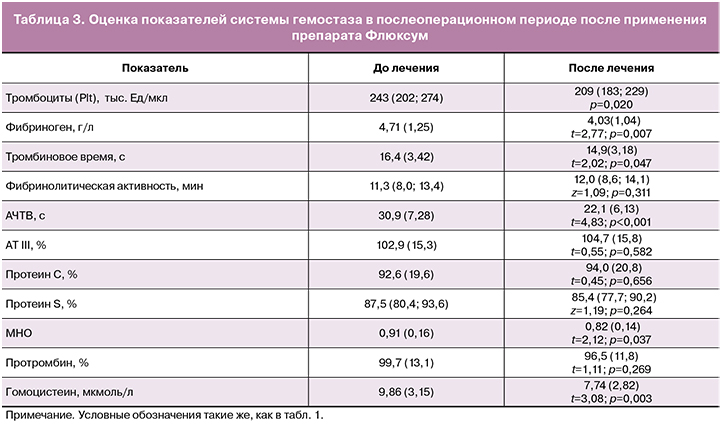Рак эндометрия представляет собой мультидисциплинарную проблему, требующую постоянного совершенствования существующих алгоритмов диагностики и лечения, а также внедрения актуальных методов ведения данной патологии, учитывая наличие факторов риска, влияющих на прогноз.
Согласно статистическим данным международных многоцентровых исследований, рак эндометрия является шестым по частоте встречаемости среди злокачественных заболеваний женского населения. Особого внимания заслуживает тот факт, что в последние годы увеличивается не только количество вновь выявленных случаев злокачественного перерождения эндометрия, но и число осложнений, связанных как с метастатическим поражением, так и с последствиями расширенных хирургических вмешательств [1].
Основополагающим моментом в лечении рака эндометрия является хирургический подход, который может включать выполнение тотальной гистерэктомии и билатеральной сальпингоофорэктомии, а также тазовой лимфодиссекции. При проведении оперативного вмешательства наибольшее предпочтение отдают лапароскопическому доступу. В сравнении с открытой хирургией мини-инвазивный доступ способствует уменьшению интенсивности послеоперационного болевого синдрома, длительности госпитализации и более ранней активизации пациентов [2].
Несмотря на снижение инвазивности, проведение любого хирургического лечения связано с риском возникновения тромботических осложнений, особенно при наличии факторов, способствующих напряжению системы гемостаза. Частота встречаемости венозных тромбоэмболических осложнений (ВТЭО) при проведении гинекологических операций варьирует от 15% до 30% в зависимости от используемого доступа и объема вмешательства [3]. Риск возникновения ВТЭО зависит от пола, возраста, конституциональных особенностей, наличия генетической предрасположенности, злокачественных процессов, применения гормональной терапии [4].
Согласно результатам рандомизированного исследования ASTEC, риск развития рака эндометрия в большей степени ассоциирован с ожирением, чем другие разновидности ракового процесса. С каждым увеличением индекса массы тела на 5 кг/м2 повышается риск возникновения эндометриального рака. В ходе исследования ASTEC, включающего более чем 1400 женщин с наличием рака эндометрия I–II стадии, было установлено, что 80% женщин имели избыточную массу тела, 50% – ожирение [5]. Таким образом, поддержание индекса массы тела в пределах нормальных значений снижает риск возникновения рака эндометрия [1].
Актуальность данной проблемы неоспорима ввиду того, что метаболический синдром сам по себе является одним из ведущих факторов риска развития тромботических осложнений, что еще больше ухудшает прогноз у пациентов с раком эндометрия.
Несмотря на то, что связь активации системы гемостаза и ожирения установлена уже в течение длительного времени, нет четкого понимания изменений параметров свертывания крови при метаболически ассоциированных гинекологических заболеваниях, особенно при раке эндометрия, отсутствуют схемы профилактики тромботических осложнений у данного контингента больных [6].
Таким образом, целью нашего исследования явилось определение степени активации системы гемостаза у пациенток с раком эндометрия для анализа эффективности и безопасности применения противотромботической терапии при проведении оперативных вмешательств.
Материалы и методы
Настоящее исследование включало 80 пациенток с верифицированным диагнозом «рак эндометрия» (высокодифференцированная аденокарцинома G1). Согласно морфологическому исследованию, у 56 пациенток рак эндометрия был на стадии T1bNxMx, у 24 — T2aNxMx. Во всех случаях степень инвазии в миометрий составляла больше 50%, LVSI (limphovascular space invasion) — 7%. Всем пациенткам было произведено оперативное лечение в объеме тотальной гистерэктомии с придатками и тазовой лимфаденэктомии с использованием лапароскопического доступа.
С целью сравнительного анализа состояния системы гемостаза и изучения эффективности применения противотромботического препарата, в соответствии с индексом массы тела пациентки были распределены на 2 подгруппы: пациентки с нормальной массой тела (n=40) и пациентки с ожирением (n=40). Контрольную группу составили 40 здоровых пациенток с нормальной массой тела.
Все пациентки прошли полноценное клинико-лабораторное обследование, ультразвуковое исследование органов малого таза как в предоперационном, так и в послеоперационном периодах. При проведении генетического исследования у пациенток с отягощенным анамнезом (n=34) были выявлены следующие мутации генов гемостаза: гомозиготная мутация V фактора (n=3; 8,8%), гомозиготная мутация протромбина G2021A (n=5; 14,7%), дефицит антитромбина III (n=3; 8,8%). Нами были оценены основные показатели гемостаза: уровень фибриногена, значения тромбинового и активированного частичного тромбопластинового времени (АЧТВ), степень фибринолитической активности и уровни компонентов свертывающей системы крови.
Статистический анализ. При анализе полученных данных применялись методы параметрической и непараметрической статистики. Первоначально определялся характер распределения данных при помощи критериев Шапиро–Уилка и Лиллиефорса. Критериям нормального распределения соответствовали следующие показатели: фибриноген, тромбиновое время, АЧТВ, антитромбин III, протеин С, международное нормализованное отношение (МНО), протромбин и гомоцистеин. В этом случае данные представлены в виде среднего значения и среднеквадратичного отклонения. Для оценки статистической значимости различия средних значений применялся критерий Стьюдента (t). Для других показателей данные представлены в виде медианы, первого и третьего квартиля (Q1 и Q3). Оценка различия в этом случае проводилась при помощи критерия Уилкоксона. С целью выявления взаимосвязи между показателями использовался непараметрический коэффициент ранговой корреляции Спирмена. Для расчетов применялся программный комплекс Statistica v. 7.0 (StatSoft).
Результаты и обсуждение
По результатам проведенного исследования состояния гемостаза установлено, что при наличии рака эндометрия выявляются существенные отклонения гемостатических показателей от референсных значений (табл. 1).

В первую очередь необходимо отметить значительное увеличение уровня фибриногена в крови: у пациенток с нормальной массой тела на 33,9%, а при ожирении — на 60,7%. Во-вторых, на увеличение тромбинового времени, более выраженное у пациенток без метаболических нарушений (на 25,0%), тогда как при ожирении — только на 10,0%. В-третьих, разнонаправленное изменение фибринолитической активности (незначительное снижение при нормальной массе тела и статистически значимое увеличение на 8,8% при наличии метаболических нарушений). В-четвертых, укорочение АЧТВ на 3,3 с при нормальной массе тела и на 4,9 с – при ожирении. В то же время не были зафиксированы статистически значимые изменения в концентрации антитромбина III и протеина S. Однако отмечалось увеличение таких показателей, как МНО, протромбин и гомоцистеин при наличии ожирения.
Учитывая вышеперечисленные результаты, можно сделать вывод о наличии выраженной ответной реакции подсистемы естественных антикоагулянтов на активацию факторов свертывания. Значительное повышение уровня фибриногена компенсировалось усилением фибринолитической активности и укорочением АЧТВ, что свидетельствует о наличии выраженного фибринолиза и существенного снижения риска тромбообразования. В то же время наблюдалось снижение активности естественных антикоагулянтов (протеинов С и S) на фоне существенного увеличения уровня протромбина, что может свидетельствовать о несостоятельности системы ингибиторов свертывания. С другой стороны, полученные данные могут быть обусловлены повышенной кровоточивостью при раке эндометрия. Необходимо также отметить влияние ожирения как фактора, способствующего более выраженному изменению параметров гемостаза.
Анализ корреляционной матрицы также выявил существенные различия в системе гемостаза (табл. 2). Обращают на себя внимание принципиально различающиеся значения коэффициентов корреляции и число их статистически значимых значений. При нормальной массе тела у пациенток с раком эндометрия их было 7, а при ожирении – только 3. При наличии ожирения формируются определенные патологические зависимости: положительные коэффициенты корреляции между антитромбином III и фибриногеном, МНО и гомоцистеином, а отрицательный коэффициент корреляции – для фибринолитической активности и протеина S.

Полученные данные свидетельствуют о том, что функциональные резервы системы гемостаза у пациенток с раком эндометрия при наличии ожирения ослаблены в большей степени, чем при нормальной массе тела.
Учитывая высокий риск развития тромбоэмболических осложнений при проведении оперативных вмешательств по поводу рака эндометрия, с целью профилактики тромбообразования нами был использован препарат Флюксум (парнапарин натрия), который показал эффективность в профилактике тромбоза у пациентов с ожирением, подвергавшихся бариатрическому хирургическому вмешательству [7]. Парнапарин натрия вводился в количестве от 0,4 до 0,6 мл подкожно по стандартной схеме профилактики тромботических осложнений (выбор дозы осуществлялся по шкале Caprini как инструмента для индивидуальной стратификации риска развития послеоперационных тромбоэмболий, в количестве 0,6 мл препарат применялся у одной пациентки с тяжелым соматическим статусом). Также применялись методы механической профилактики тромбоэмболических осложнений с помощью эластической компрессии вен нижних конечностей и ранней активизации пациентов в день операции.
Парнапарин натрия относится к группе низкомолекулярных гепаринов со средней молекулярной массой около 4,5 кДа и отношением Xa/анти-IIa активности >4. Особенность получения препарата с помощью уникальной процедуры фрагментации способствует сохранению гомогенности его структуры и длины каждого фрагмента, что обеспечивает стабильность фармакокинетических свойств и с клинической точки зрения отражается в высоком профиле эффективности и безопасности применения [8, 9].
Показатели системы гемостаза в послеоперационном периоде, представленные в табл. 3, доказывают эффективность применения препарата Флюксум при проведении противотромбоэмболической терапии у пациенток с раком эндометрия при наличии ожирения. Было отмечены статистически значимые изменения по многим показателям системы гемостаза.

Установлено снижение концентрации тромбоцитов на 14,0%, фибриногена — на 14,6%. Значительно сокращалось (на 8,7 с) АЧТВ, что составило 28,5%. Также статистически значимо уменьшалось МНО (на 9,9%) и концентрация гомоцистеина (на 21,5%).
 Несмотря на наличие таких факторов риска, как рак эндометрия и ожирение, способствующих повышению вероятности возникновения тромбоэмболических осложнений, не было выявлено ни одного эпизода ВТЭО в послеоперационном периоде. Таким образом, профилактическая антикоагулянтная терапия в сочетании с послеоперационным применением препарата Флюксум позволяет предотвратить развитие тромботических осложнений даже при наличии факторов высокого риска ВТЭО.
Несмотря на наличие таких факторов риска, как рак эндометрия и ожирение, способствующих повышению вероятности возникновения тромбоэмболических осложнений, не было выявлено ни одного эпизода ВТЭО в послеоперационном периоде. Таким образом, профилактическая антикоагулянтная терапия в сочетании с послеоперационным применением препарата Флюксум позволяет предотвратить развитие тромботических осложнений даже при наличии факторов высокого риска ВТЭО.
Заключение
Результаты, полученные в ходе нашего исследования, выявили значительные изменения параметров гемостаза у пациенток с ожирением при наличии рака эндометрия, что требует проведения противотромботических мероприятий с целью предотвращения развития тромбоэмболических осложнений и улучшения послеоперационных исходов.
Учитывая функциональную нестабильность системы гемостаза у пациенток с ожирением при наличии рака эндометрия, применение парнапарина натрия (Флюксум) показало высокую эффективность в профилактике тромботических осложнений при проведении оперативных вмешательств по поводу эндометриального рака.



